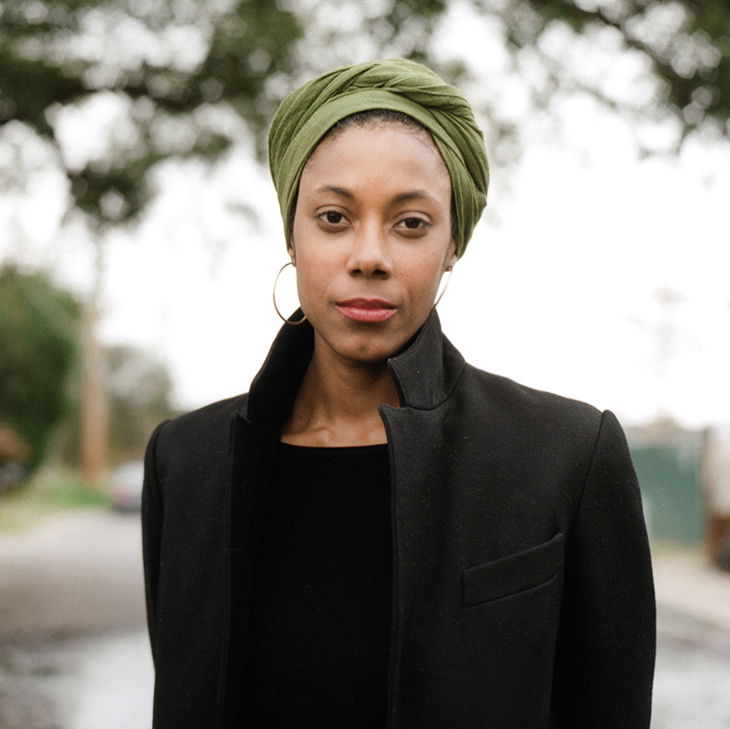Who Stays Gone, and Who Can Afford to Return: A year in the French Quarter of New Orleans (Excerpt)
When I returned to my home town of New Orleans for a second try at making a full-time life there, it was winter, 2011, six years post-Water. I find it impossible now, in the retelling, to know exactly how I decided to move back. I had been living in New York City, running a global nonprofit with more than three hundred employees; a relationship that I had thought might become a marriage had imploded. Undoubtedly, my return had something to do with the intensity of that work and the dissolution of those personal dreams, the combination of which made me long to return to the place where my mother lived.Though I suspect there is an ancient reason for this, moving back to New Orleans and successfully living there had been a goal of mine ever since leaving.
“Paying attention to being alive” was how the poet Jack Gilbert described what I wanted to do for a year in New Orleans. Whereas before, I reasoned, I had lived my familial life by rote, beneath the carapace of clan, now I would be present, physically at least, more than I had since my first departure from the city, in 1997, fourteen years before, when I was not yet eighteen, riding to college in my brother Eddie’s pickup truck, sitting between two other brothers, Carl and Michael. But that was not all. I wanted to work full time at being what I had never wholly allowed myself to be: a writer. I would observe my family and my city, spend time in the city’s archives and with my mother’s old papers, collecting my family’s stories as a journalist might.
I leased an apartment on the busiest, most photographed, most written about, most used corner in all of New Orleans, where all of the city’s ideas about itself converge and sometimes clash. And where, from my narrow balcony three stories above it all, I could watch it happen. That balcony overhangs St. Peter Street, but the entrance to the apartment was around the corner, behind a massive metal green door, on Royal Street, which, in 1941—the year my mother was born—the city directory described as a street that “once seen, can never be forgotten, for there is no other street quite like it in America, replete, as it is, with picturesque characters, real and imaginary, and ancient buildings with an aura of romance still clinging to them.” In 1941, and in the many years following, black people—picturesque or not—were not welcomed on this street, or in any of its famed antique and curio shops, unless they were passing through on their way to work.
This is not the area of the city. I grew up in New Orleans East, which had been vast cypress swamps until the nineteen-sixties, and which had been abandoned by developers after the oil bust in the nineteen-eighties. If the French Quarter is mythologized as New World sophistication, then New Orleans East is the encroaching wilderness. The East is less dressed up; it’s where the city’s dysfunctions are laid bare.
